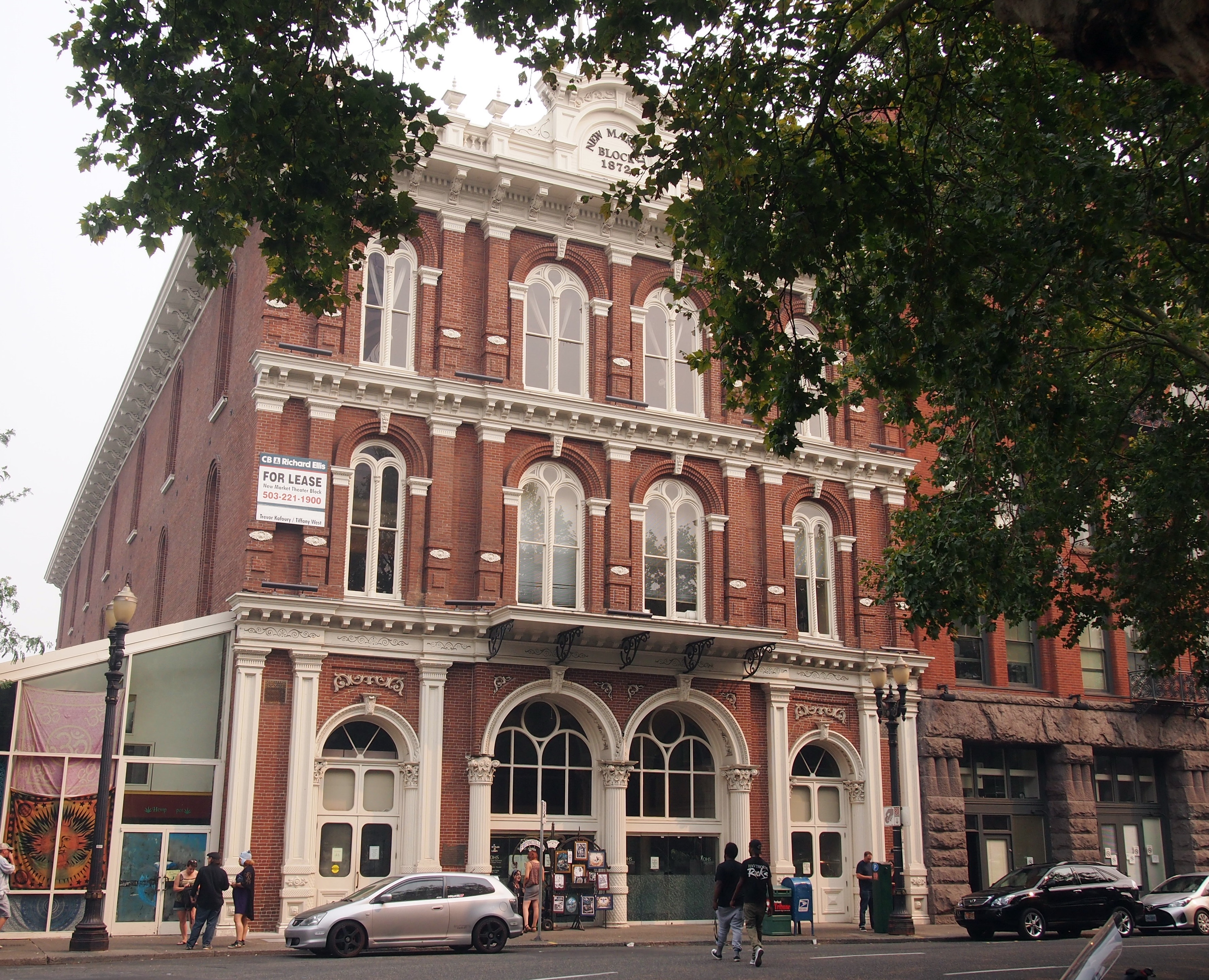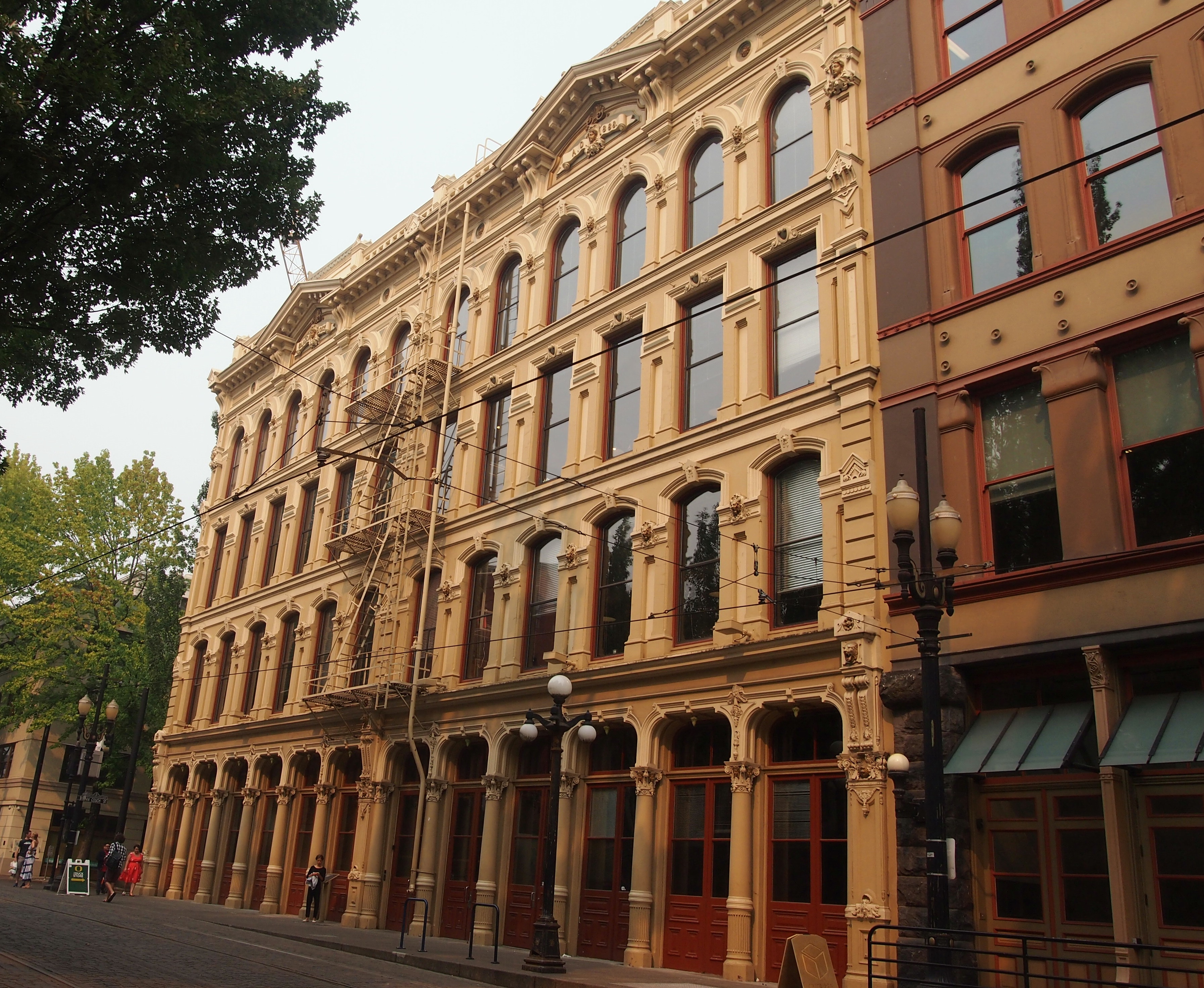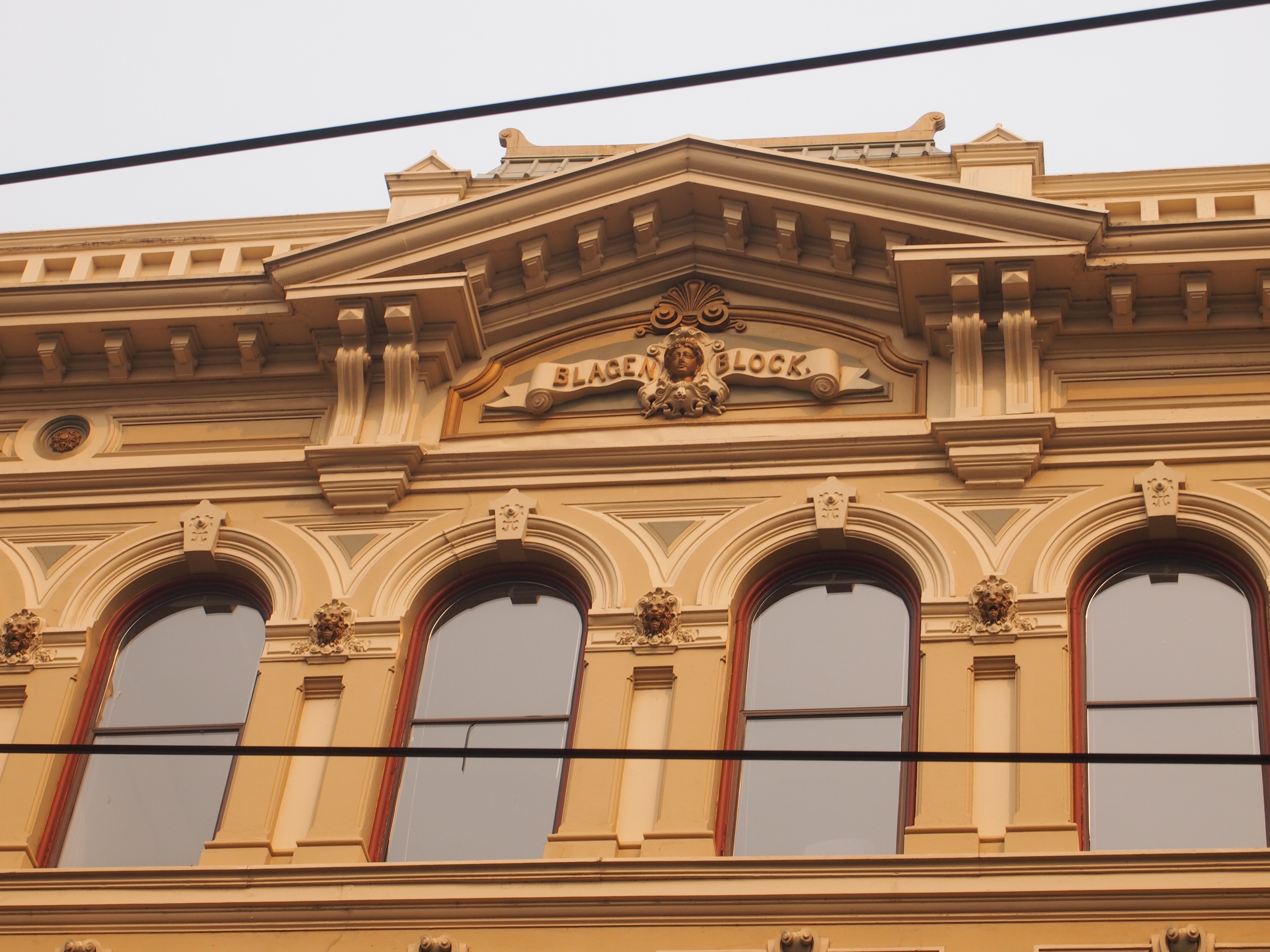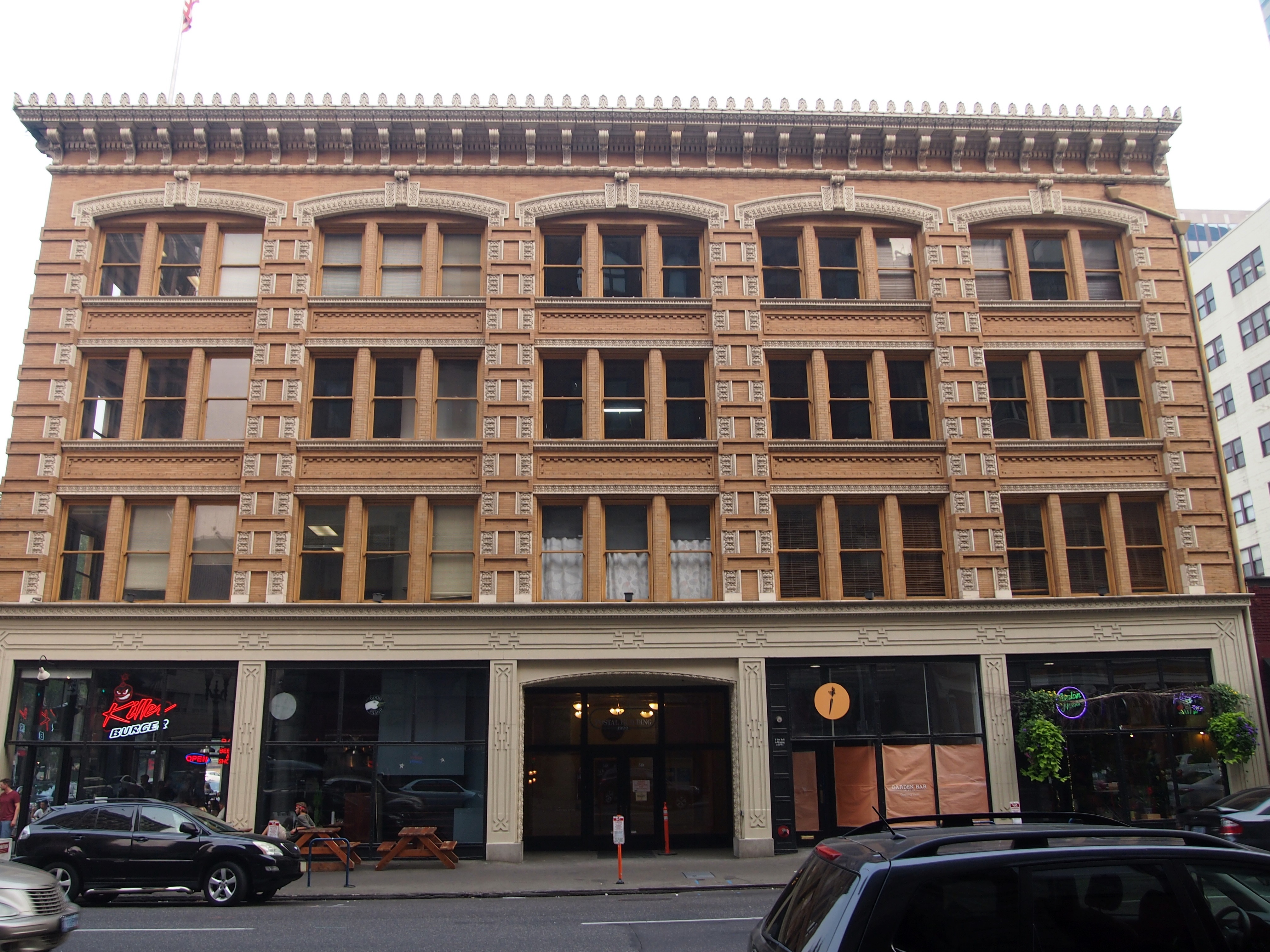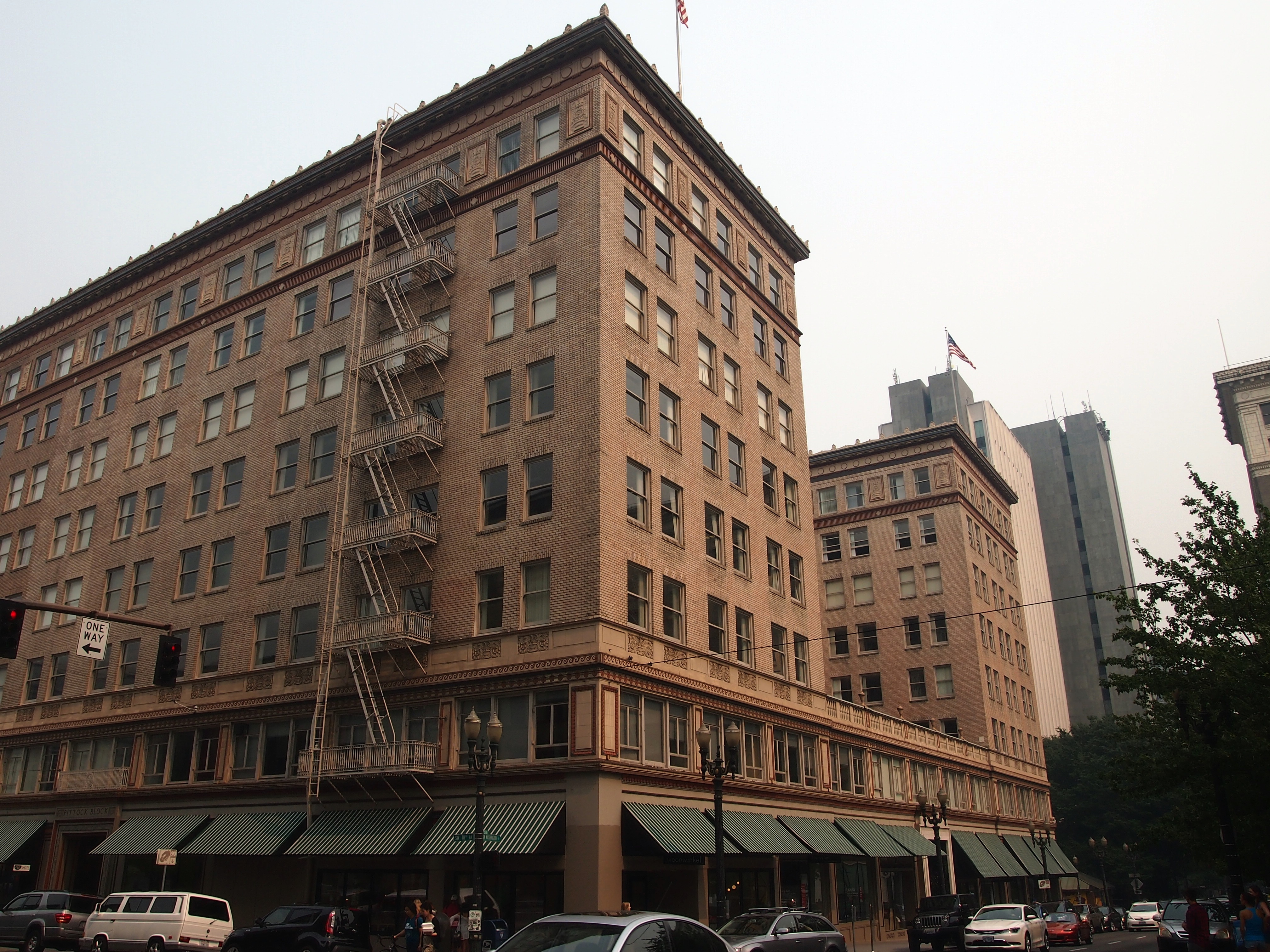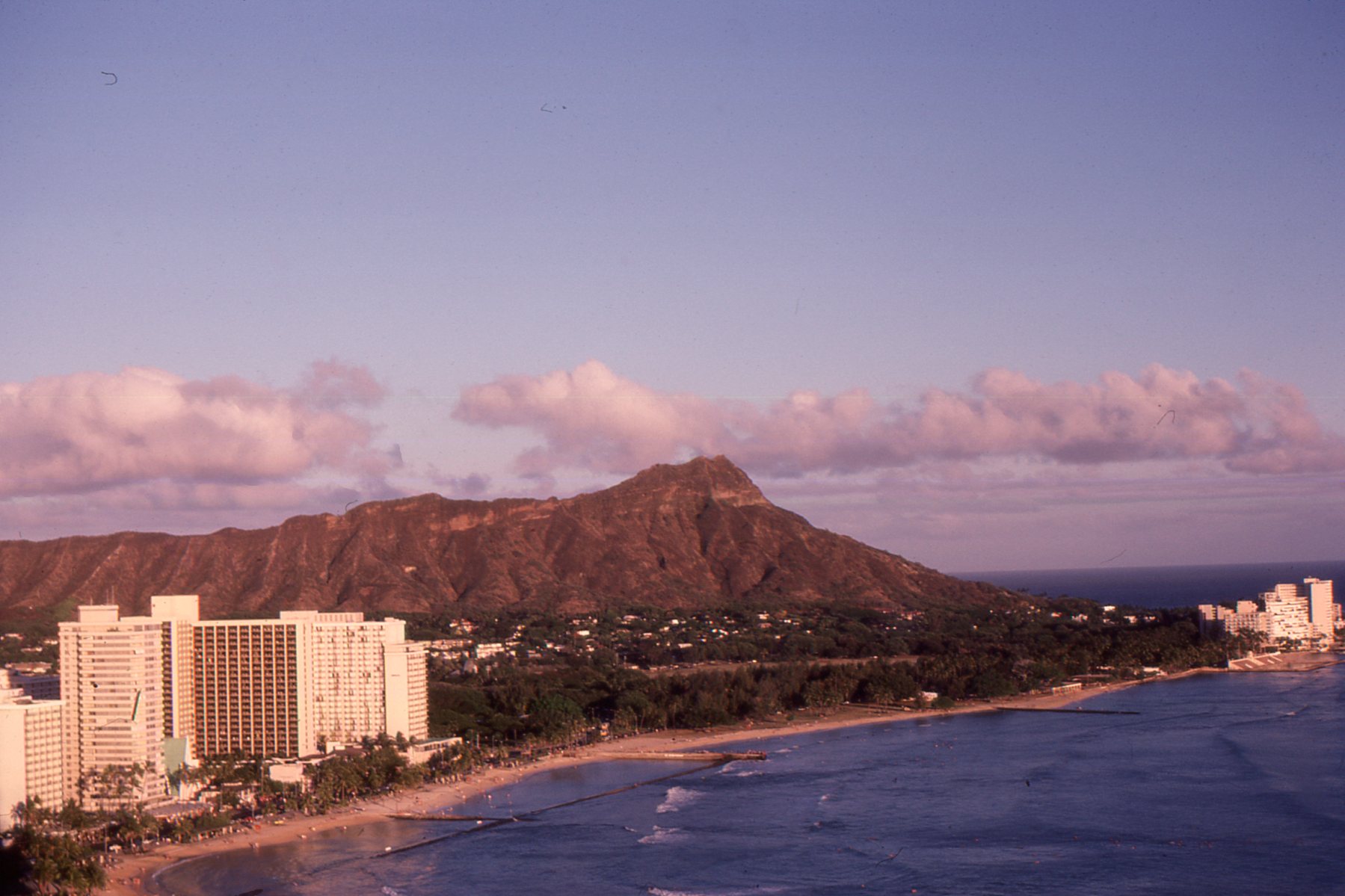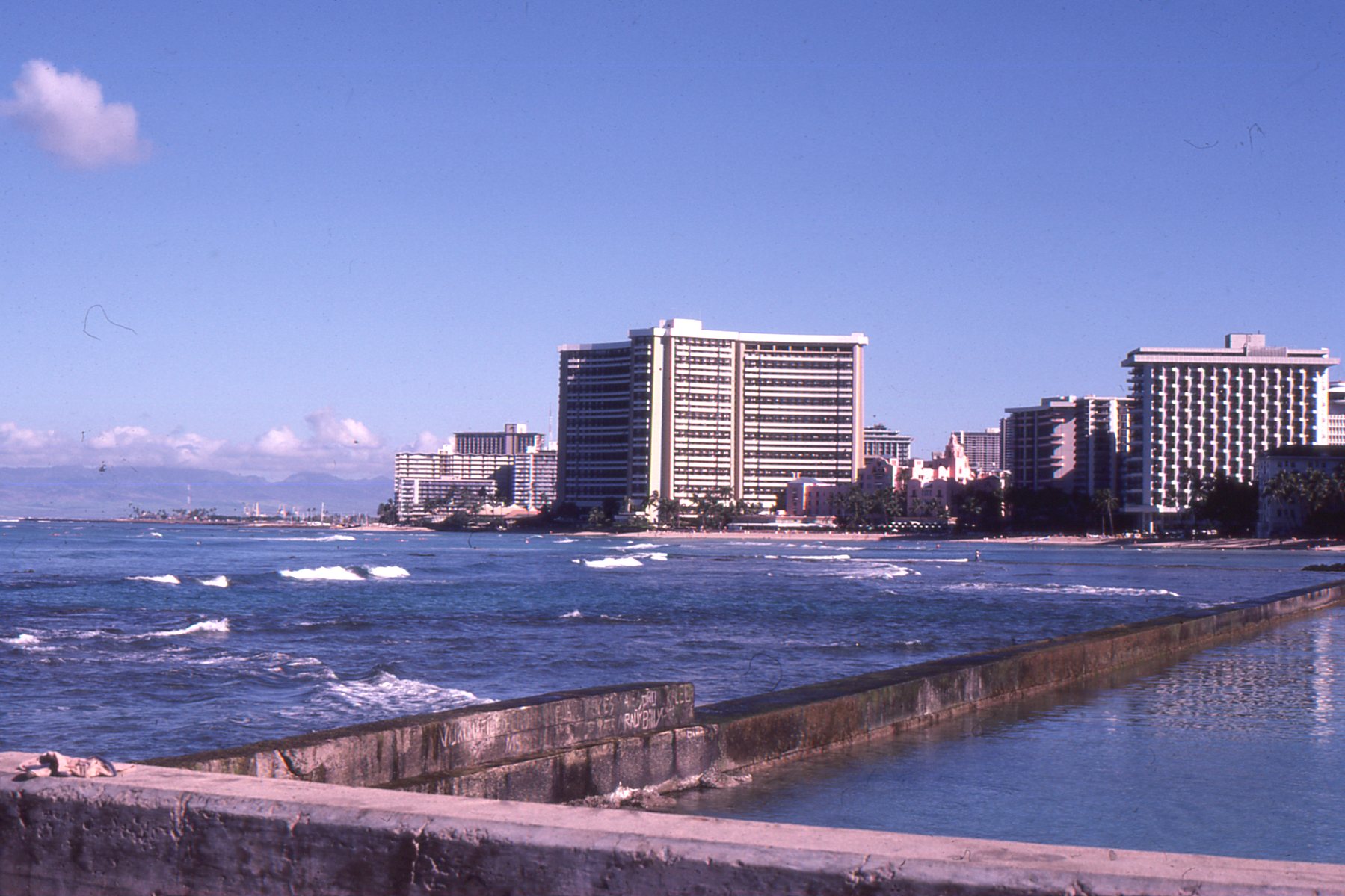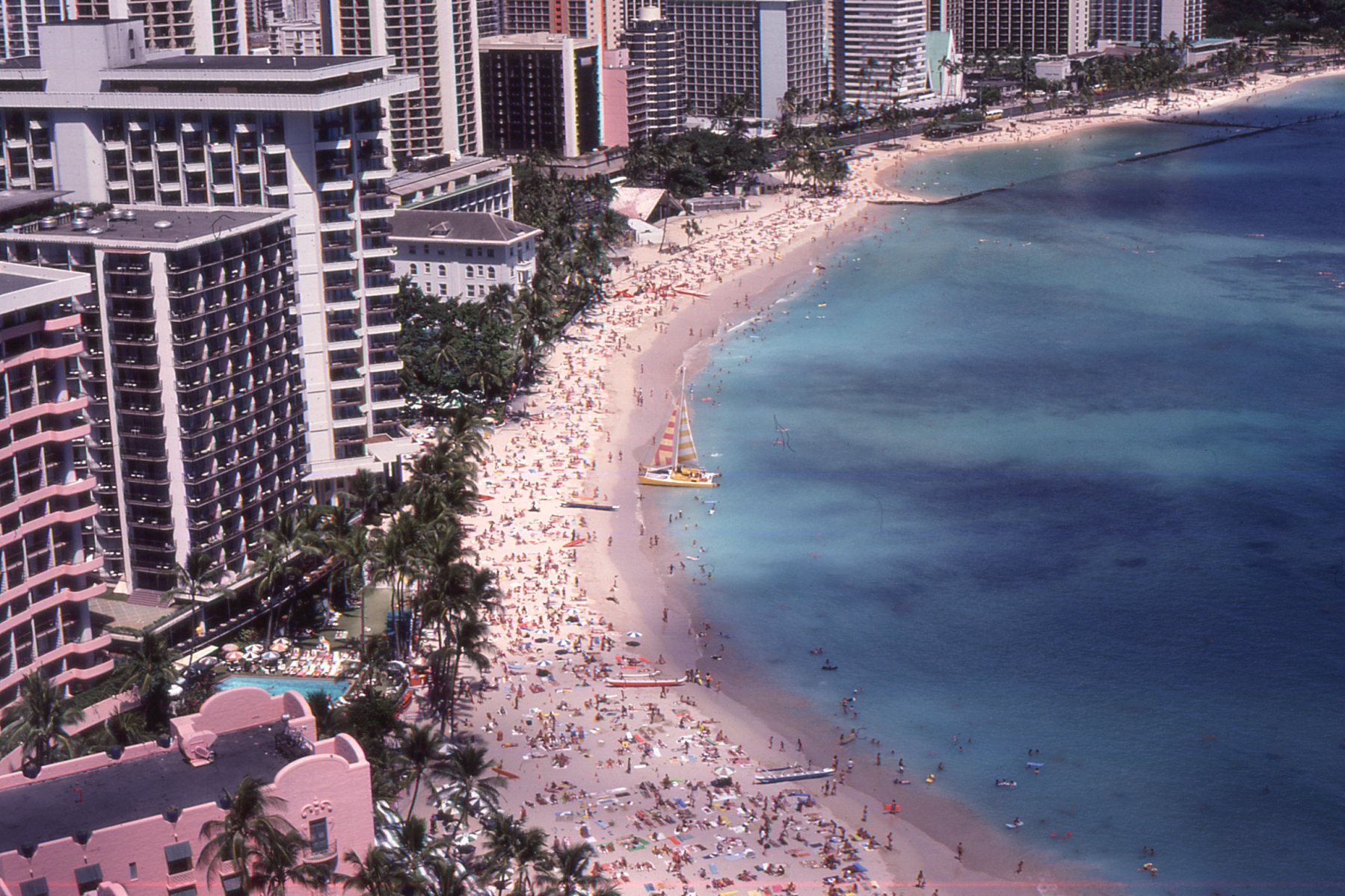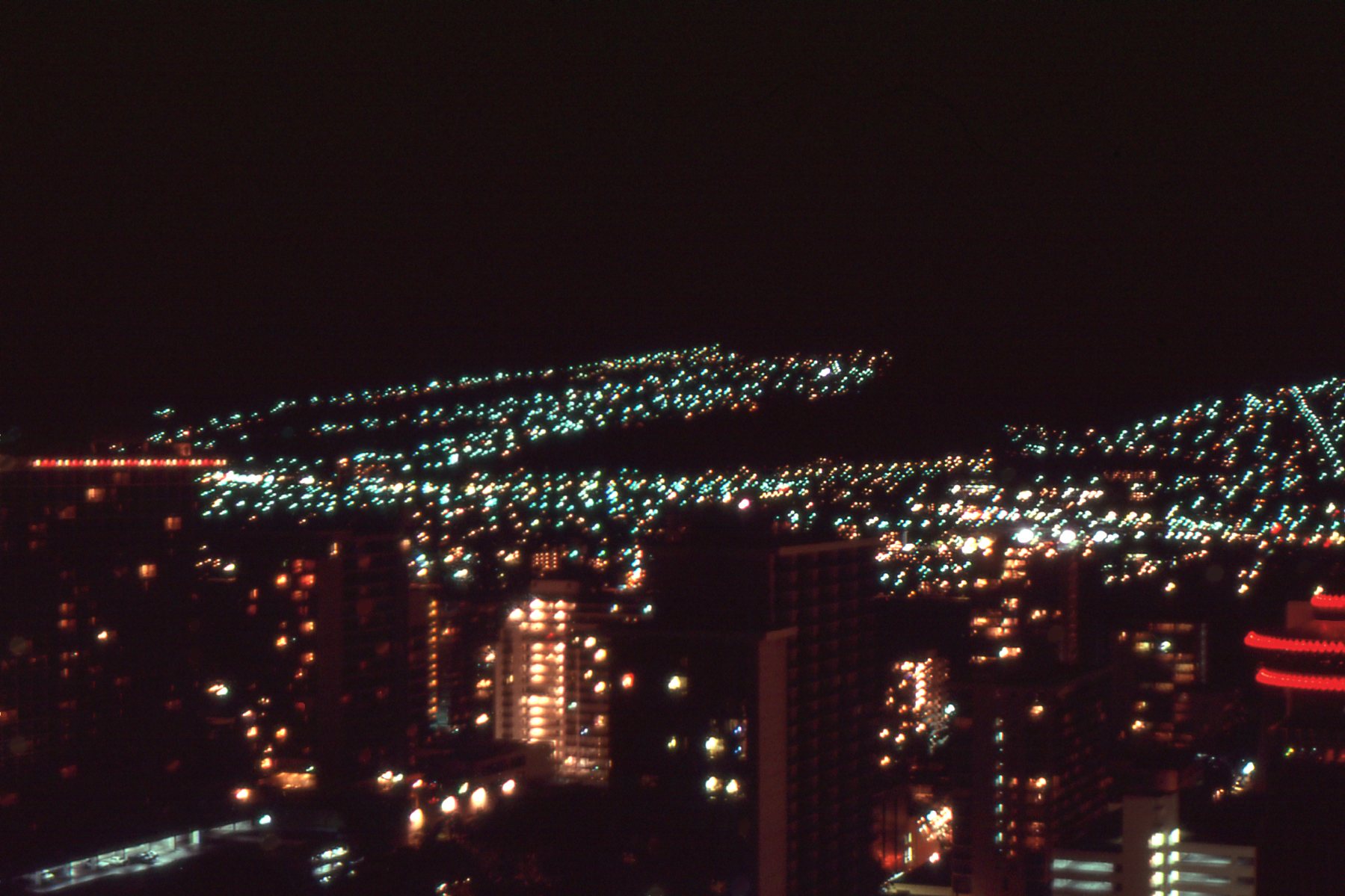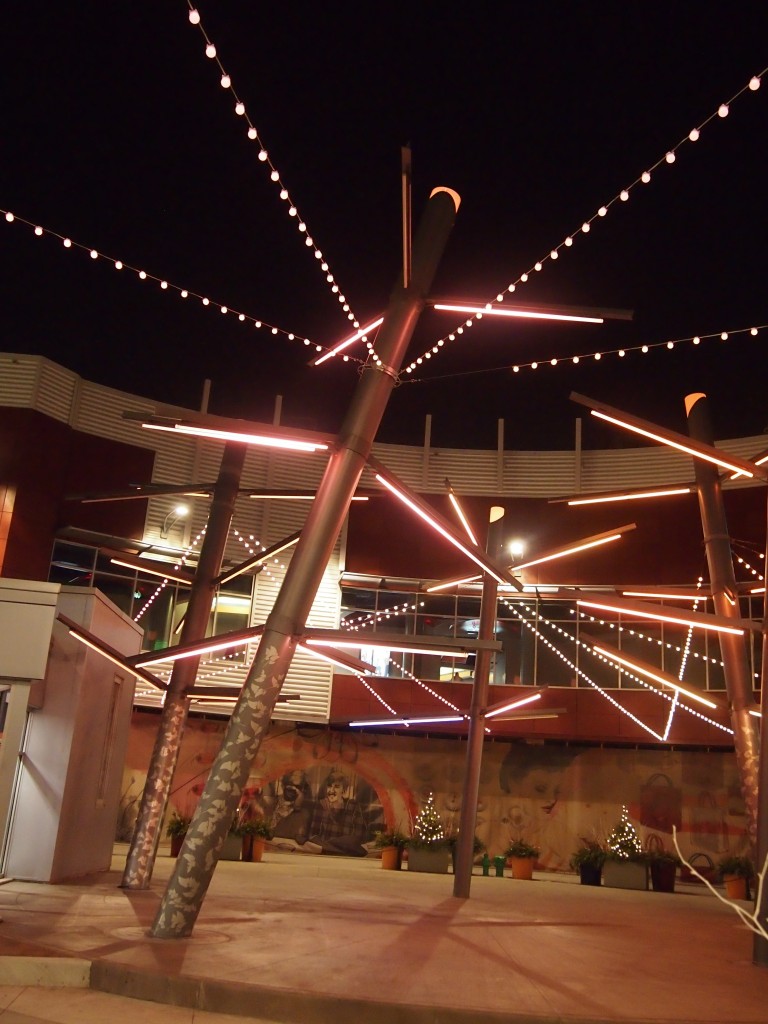As a public, linear park in Manhattan, and driver of real estate values in its vicinity, the High Line is so new that it didn’t exist in its current form the last time I was in town in the mid-2000s. It was a derelict elevated railroad line then, but the movement to make it a park was well under way, mostly the efforts of citizens inspired by the similar park in Paris with its suitable French name, Promenade Plantée. (There’s also a linear park in development in Chicago, the Bloomingdale Line, and other places; the idea is catching on.)
More about the effort to transform the old line into the High Line is here. I didn’t know, until I read about it, that construction of the original elevated rail line was done as a safety measure, approved in 1929. It replaced a previous ground-level rail line that had been chugging through the West Side of Manhattan for decades. Turns out that running a freight train at ground level through a crowded metropolis isn’t a very good idea. The train’s path was nicknamed Death Avenue.
On the afternoon of October 10, after visiting the September 11 Memorial and Museum, I was fairly tired, but still determined to walk at least some of the High Line. I made my way to the 14th St. entrance and as soon as I was up on the line, I got my second wind. Walking most of the route, to the 30th St. entrance, didn’t tire me further. I went as far as the work on the Hudson Yards Redevelopment project, which the brand-new section of the High Line curves around beginning at 30th, but it was getting dark by then, and I decided not to go any further. The High Line is best seen in the light, better yet in the twilight.
This is the view near the 14th St. entrance, looking north.
 Note the amenities. A plank walkway, plantings on either side, and — sometimes most importantly — places to rest. Not a lot of backless benches, either, but wooden chairs with their backs at a permanently comfortable angle. Not so comfortable you’re likely to fall asleep, but a great place to rest. Sometimes I did. Just a little further north, the High Line passes through the Chelsea Market, where various food vendors are arrayed.
Note the amenities. A plank walkway, plantings on either side, and — sometimes most importantly — places to rest. Not a lot of backless benches, either, but wooden chairs with their backs at a permanently comfortable angle. Not so comfortable you’re likely to fall asleep, but a great place to rest. Sometimes I did. Just a little further north, the High Line passes through the Chelsea Market, where various food vendors are arrayed.
The line also offers some good views of the city below. This is 15th St., looking west.
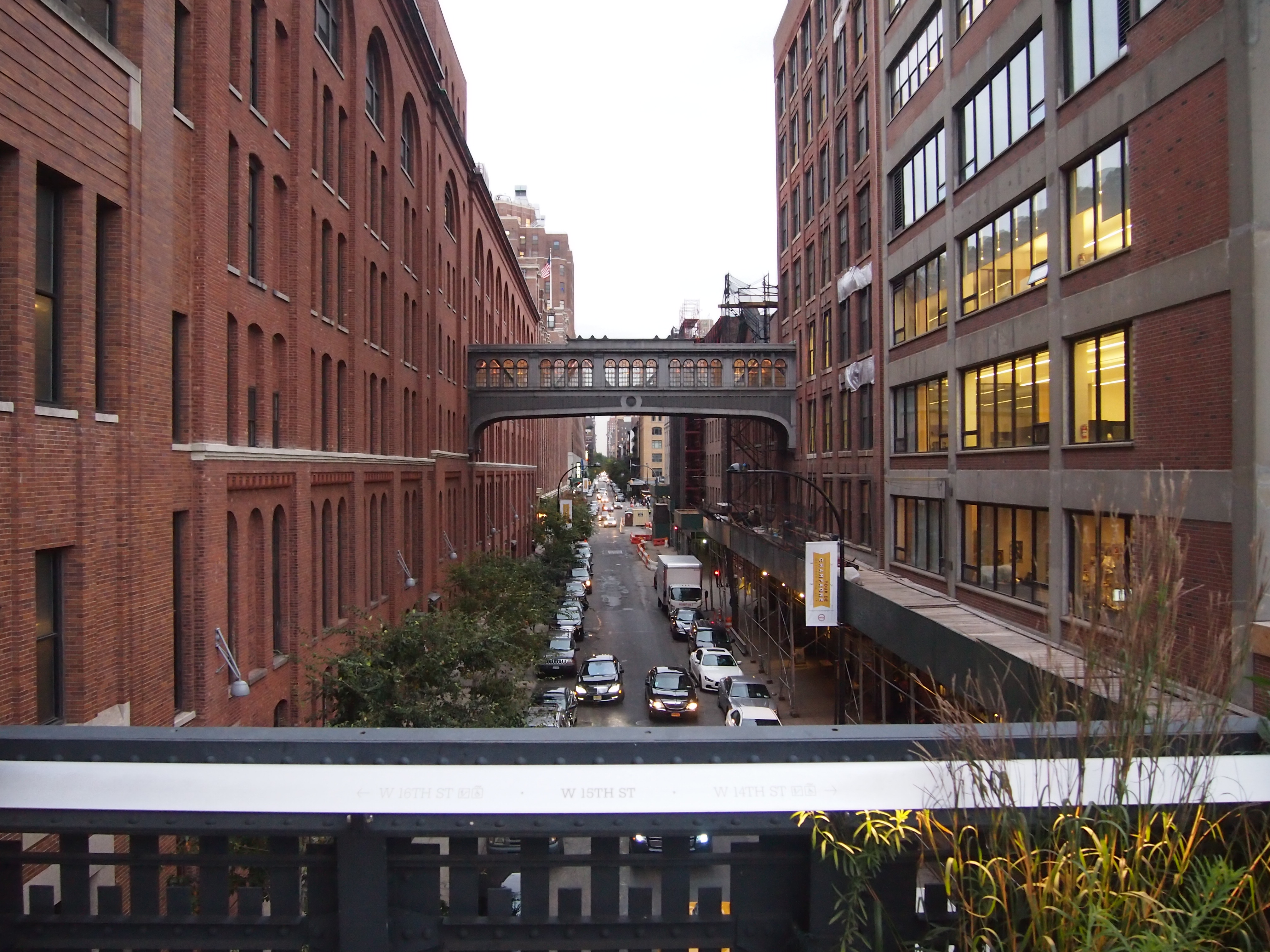 This is Tenth Ave., looking north.
This is Tenth Ave., looking north.
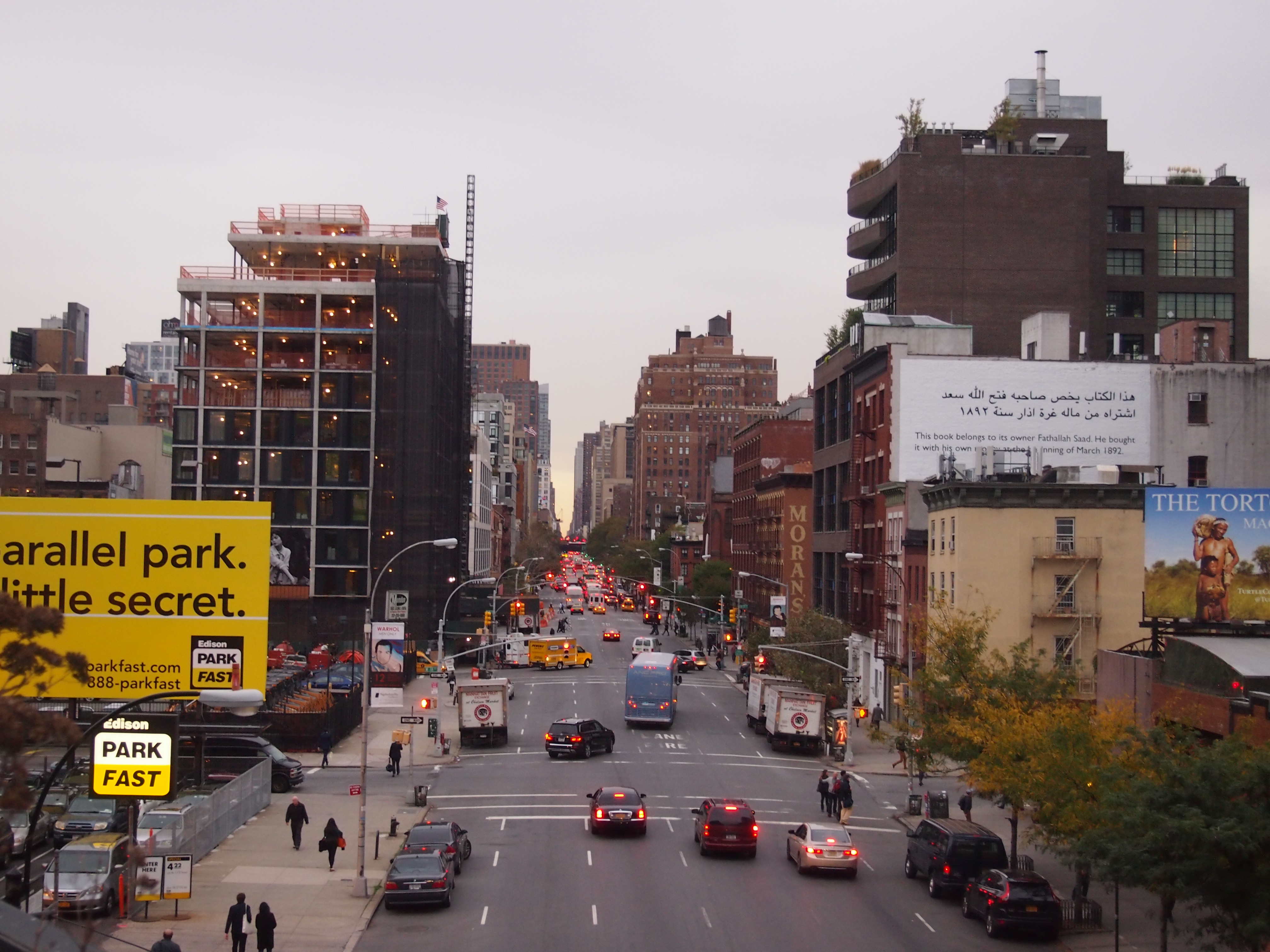 On a pleasant fall afternoon, the High Line is a popular place.
On a pleasant fall afternoon, the High Line is a popular place.
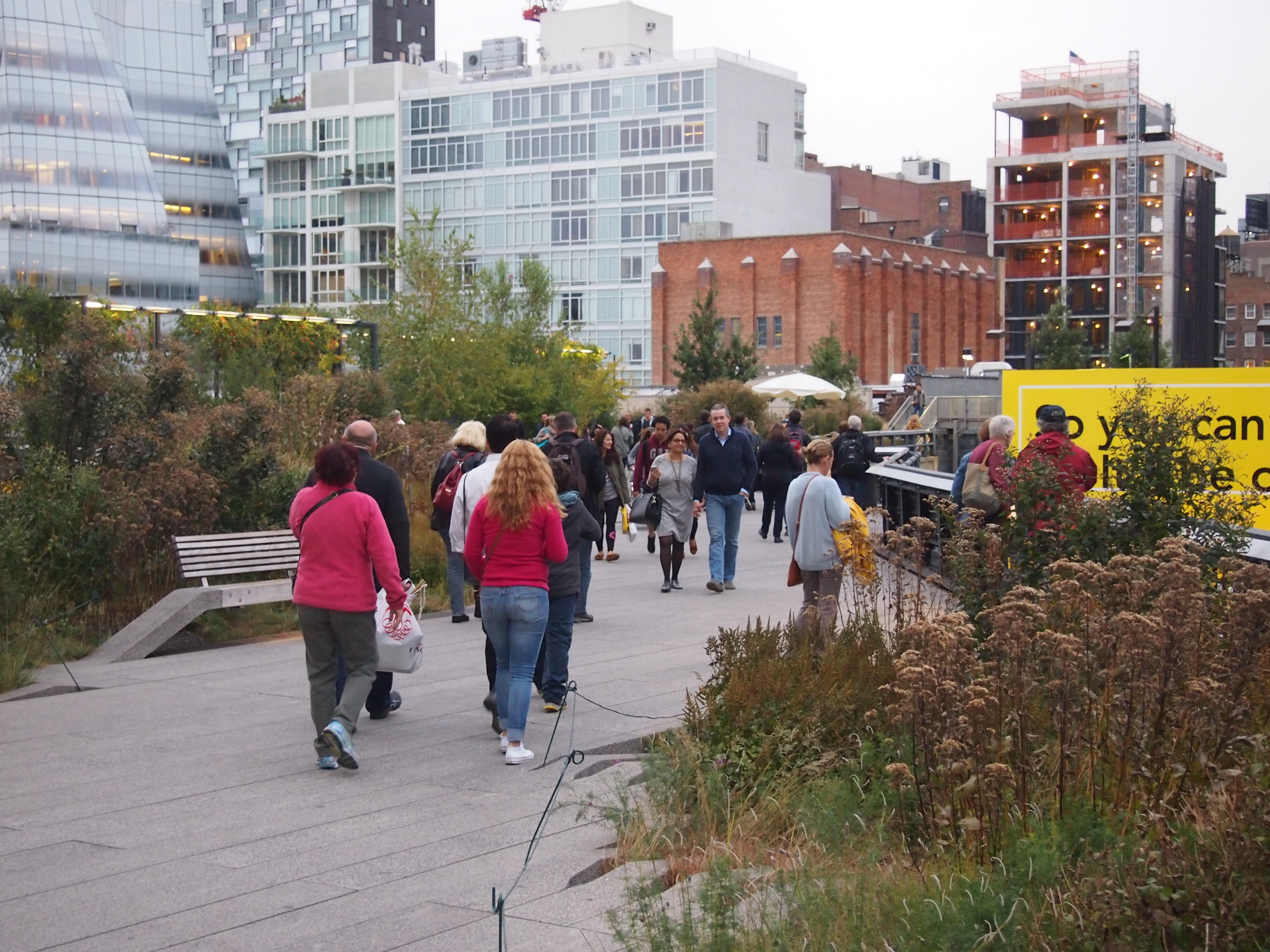 Further north, there’s even a green tunnel, at least during the warm months.
Further north, there’s even a green tunnel, at least during the warm months.
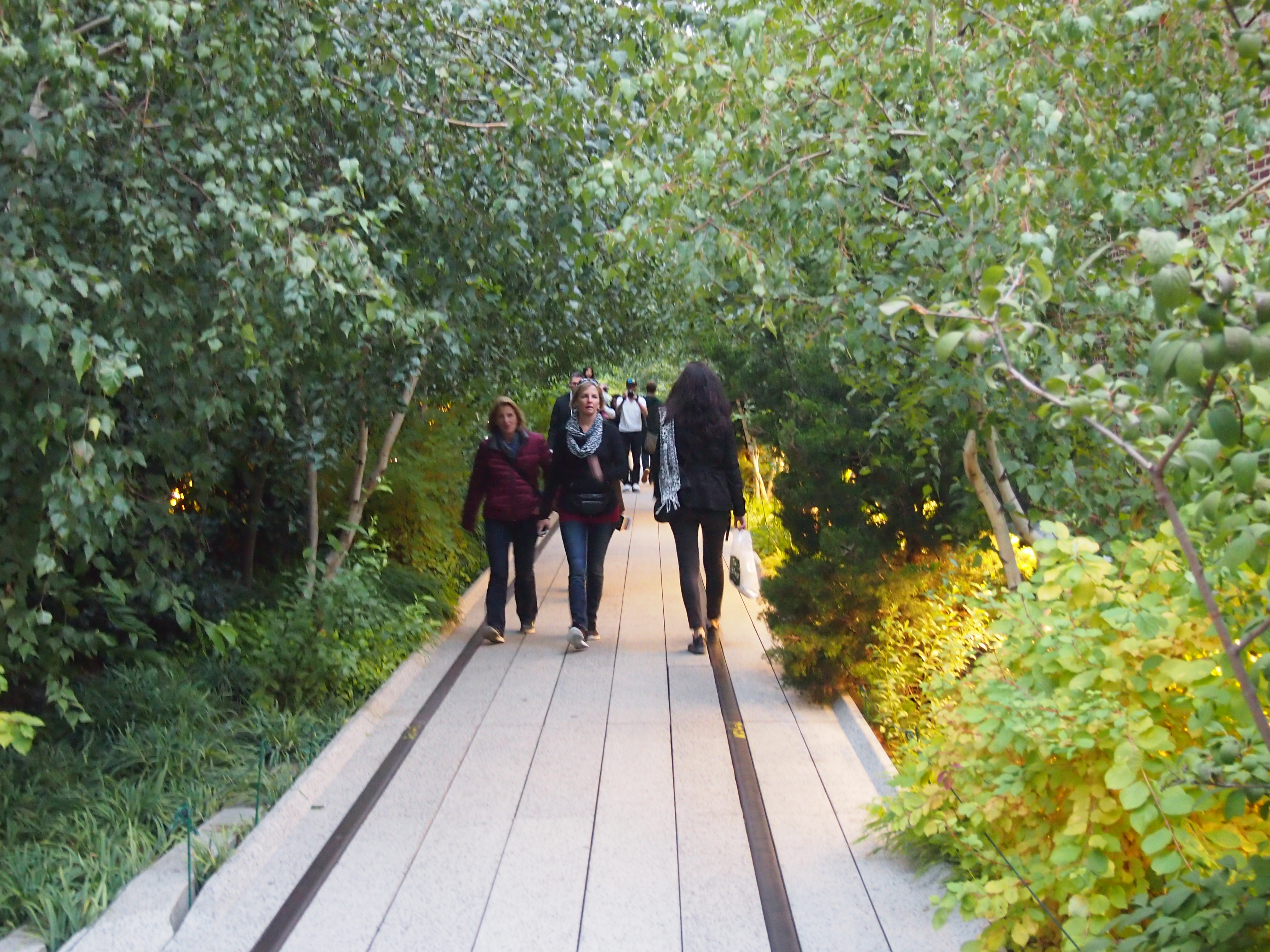 At this point, rail lines are embedded in the planks. Must be left over from when the train tracks ran this way. They appear at your feet fairly often, but not always. Sometimes they course through the plantings.
At this point, rail lines are embedded in the planks. Must be left over from when the train tracks ran this way. They appear at your feet fairly often, but not always. Sometimes they course through the plantings.
New buildings have sprouted along the line.
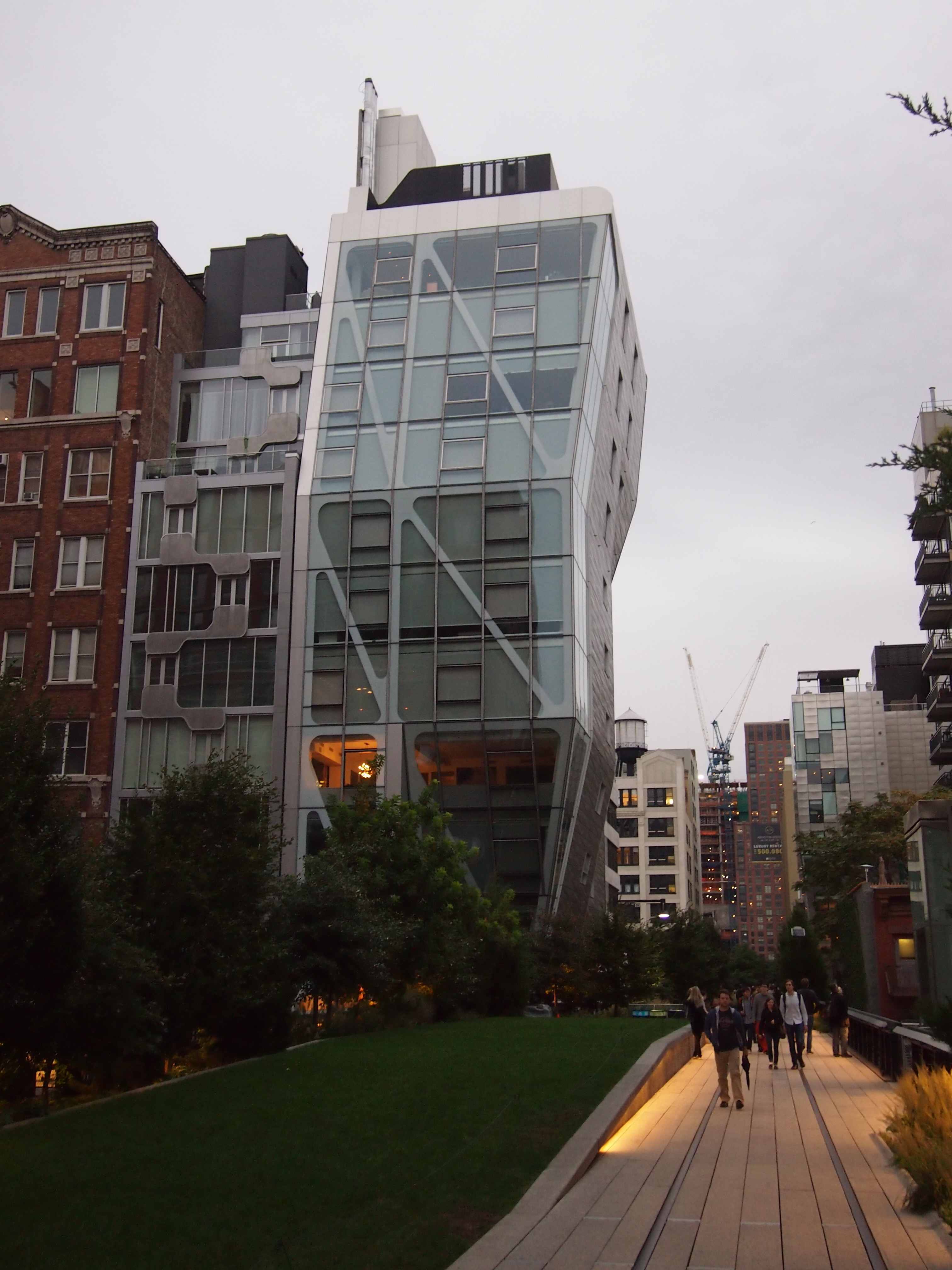 I was amused to see just how many advertisements for nearby buildings bragged about being near the High Line. Once upon a time, property owners in the area wanted the elevated tracks dismantled, never imaging that they’d drive value growth for nearby properties someday.
I was amused to see just how many advertisements for nearby buildings bragged about being near the High Line. Once upon a time, property owners in the area wanted the elevated tracks dismantled, never imaging that they’d drive value growth for nearby properties someday.
 A couple of Jehovah’s Witnesses showed up at the door not long ago, one an English speaker, one Japanese. Whatever else you can say about them, they do their research. They left a copies of Awake! in both English and Japanese. The cover of the Japanese edition, published by the Watchtower Bible and Tract Society of New York, is posted here.
A couple of Jehovah’s Witnesses showed up at the door not long ago, one an English speaker, one Japanese. Whatever else you can say about them, they do their research. They left a copies of Awake! in both English and Japanese. The cover of the Japanese edition, published by the Watchtower Bible and Tract Society of New York, is posted here.